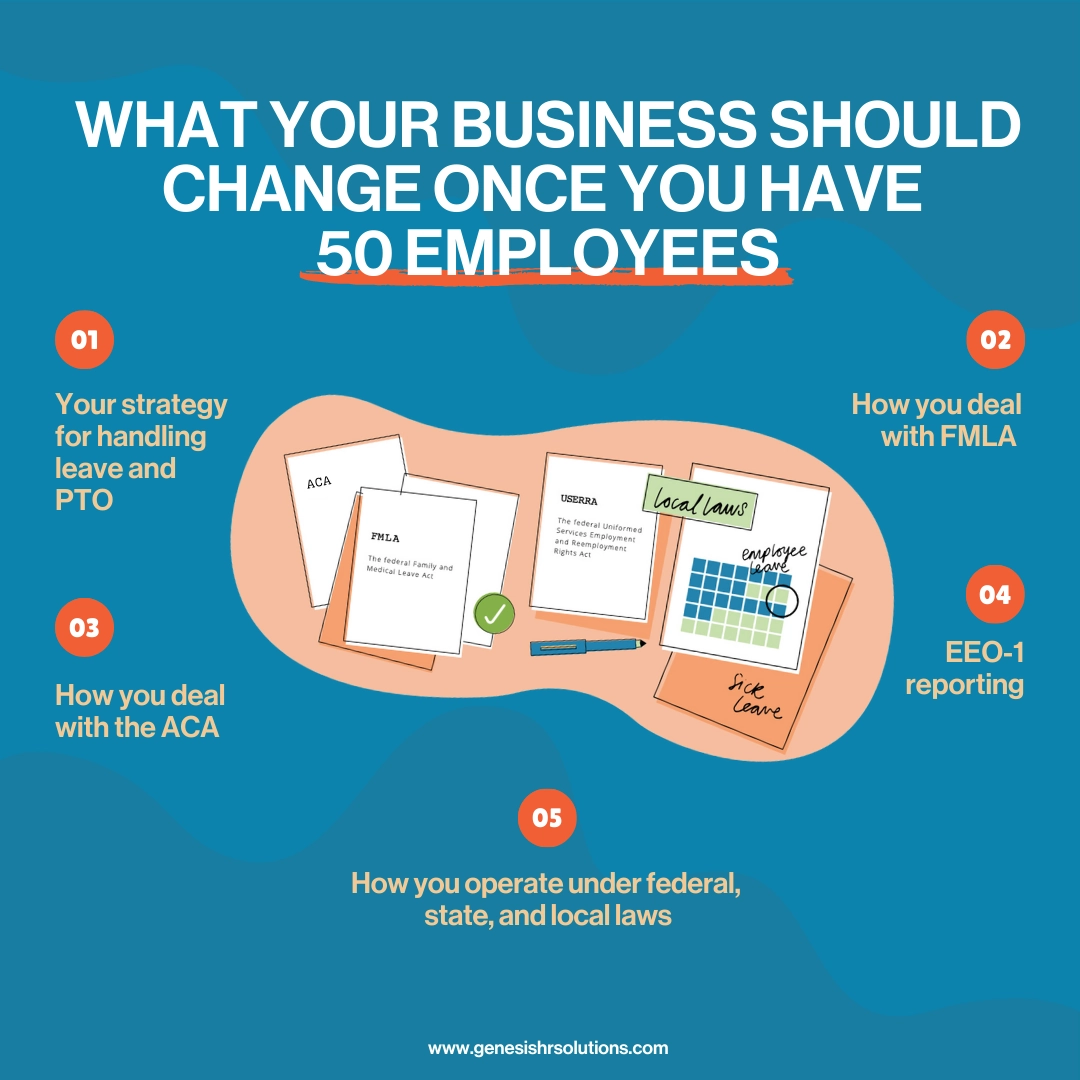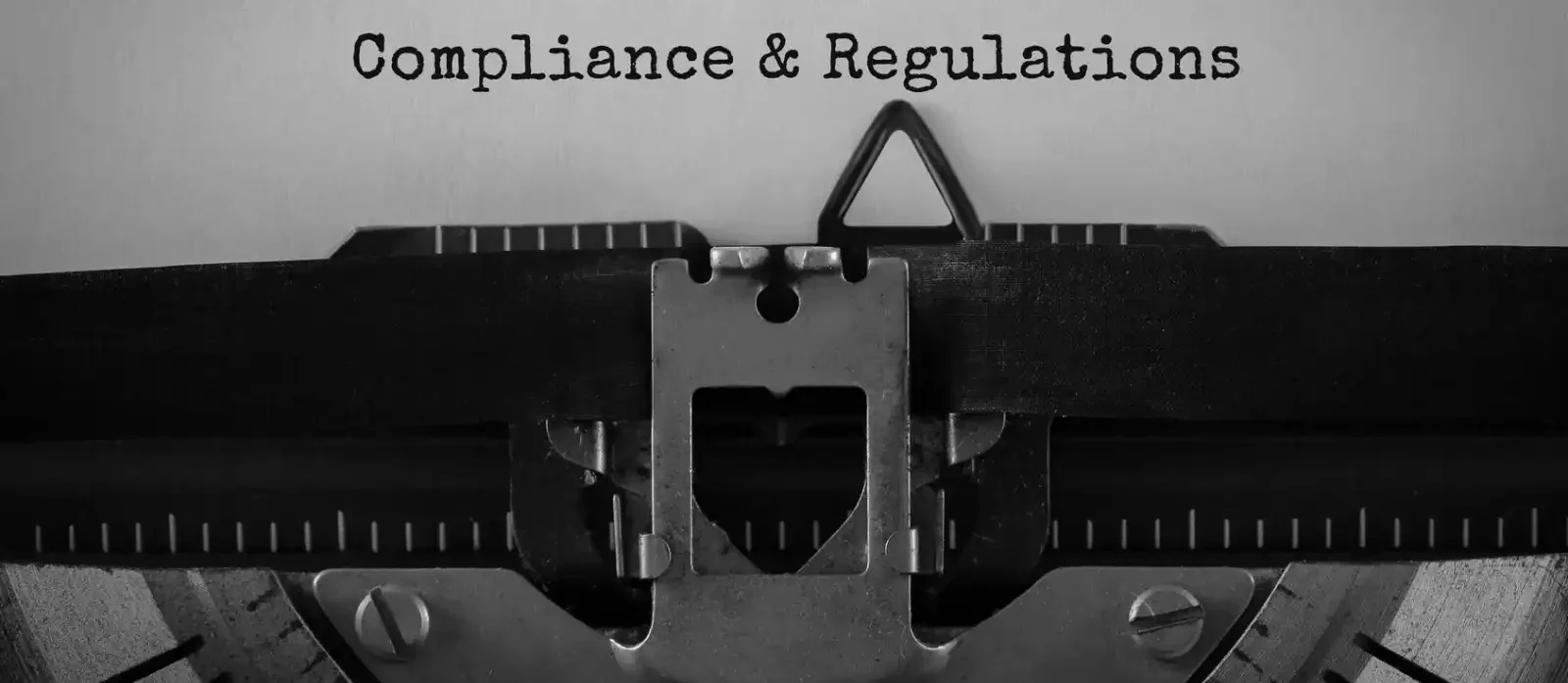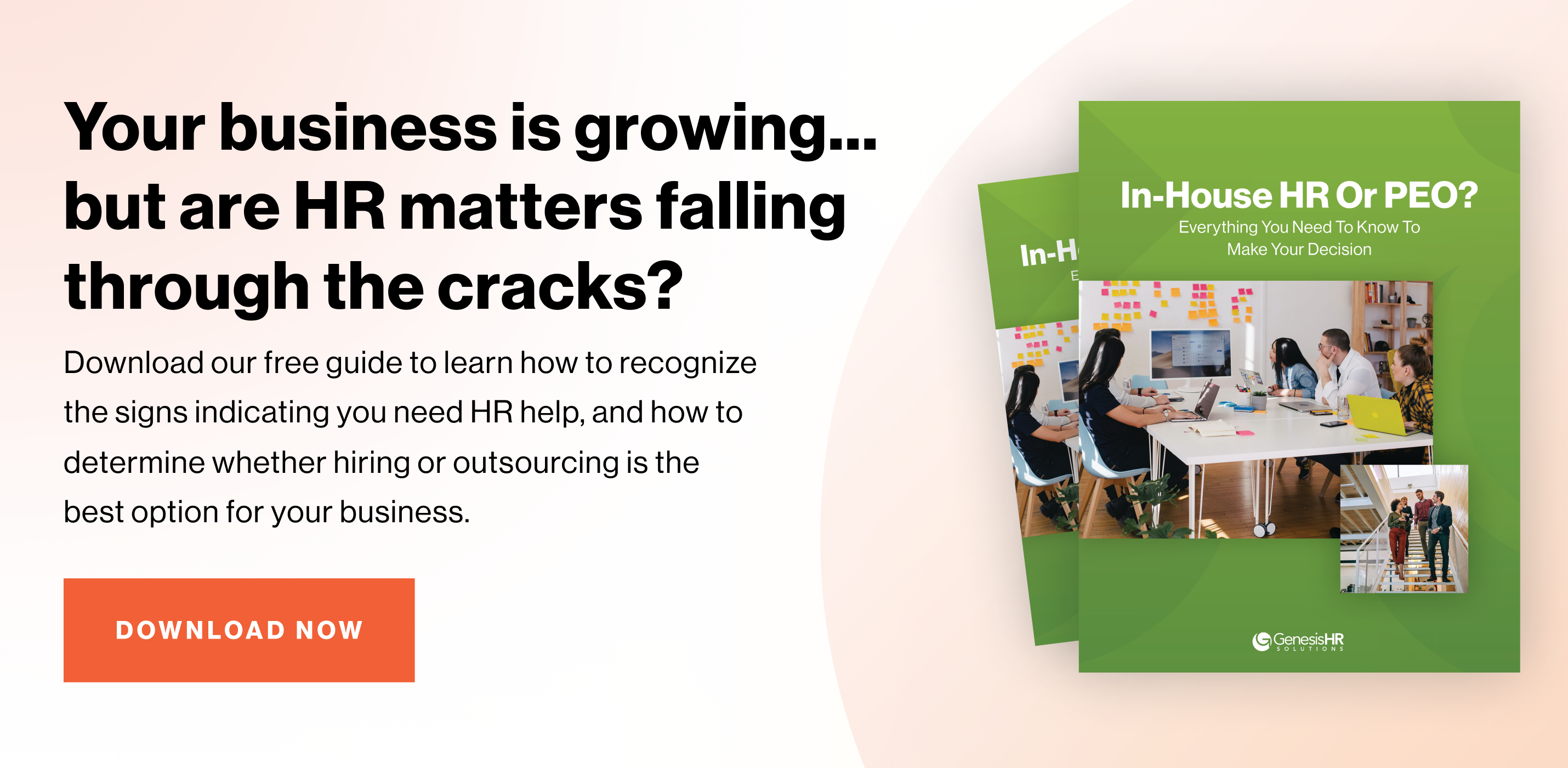Congratulations! Your small business is growing and getting very close to reaching the 50-employee mark. This is an exciting milestone–but one that should be giving you pause as an employer. Here’s why.
What is the 50-employee threshold?
Reaching 50 employees is a sign your company is growing—be proud of that accomplishment! But it also means you’ve reached a size where HR compliance becomes more complex. Fifty is the “magic” (or perhaps, “not-so-magic”) number at which employers become subject to additional federal and state regulations. So celebrate your win, but also make sure your organization is prepared to handle the intricacies of HR compliance for 50+ employees.
Reaching 50 employees is a sign your company is growing—be proud of that accomplishment! Celebrate your win, but also make sure your organization is prepared to handle the intricacies of HR compliance for 50+ employees. Share on XWhat changes at 50 employees?

1. Your strategy for handling leave and paid time off.
With more than 50 employees, your paid time off and leave policies should be locked down (especially regarding leave). The days of case-by-case decisions should be long gone; instead, leave policies should be codified in your employee handbook.
Make sure your employee handbook contains everything it needs to. This free template lists all the mandatory items you need to include as well as some optional, but recommended, items.
2. Dealing With The Family and Medical Leave Act (FMLA)
Employers with 50 or more employees within a 75-mile radius have different FMLA requirements than smaller businesses. At this point, employers must offer up to 12 weeks of unpaid, job-protected leave to eligible employees following the birth, adoption, or foster placement of an employee’s child, or for serious family illness. Some states require paid parental leave, which you should also be prepared for.
Among other requirements, employers are required to post labor law notices at the office with specific language. Read through this FMLA FAQ to learn what else you need to do in relation to this labor law.
Important! FMLA requirements kick in if an employer arrives at 50 employees at any point during the year. If your company hovers at around that number consistently, it’s a good idea to implement your leave policy so you are prepared to comply when you reach 50. Contact us for help getting started.
3. Dealing With The Affordable Care Act (ACA)
Once employers are in this 50-employee bucket, they are required to provide health insurance to employees and to indicate they’ve provided it through complex end-of-year reporting. The IRS will fine non-compliant small businesses.
Some of the provisions of the ACA apply only to large employers, which are generally those with 50 or more full-time equivalent employees. These employers are considered applicable large employers—also known as ALEs—and are subject to the employer shared responsibility provisions and the annual employer information return provisions.
According to the IRS in its explanation of the ACA, calculating the number of employees is especially important for employers that have close to 50 employees or whose workforce fluctuates throughout the year. To determine its workforce size for a year an employer adds its total number of full-time employees for each month of the prior calendar year to the total number of full-time equivalent employees for each calendar month of the prior calendar year and divides that total number by 12. You can’t skirt this law by having part-time or seasonal employees, as it is based on total hours worked.
4. EEO-1 Reporting
As a company with more than 50 employees, the U.S. government requires you to submit the EEO-1 report, which discloses the makeup of your employee demographic. The U.S. Equal Employment Opportunity Commission collects this company employment data by type and level of position, and the requirements can be complex for employers to navigate. To simplify this reporting, GenesisHR produces the EEO-1 on behalf of our partners and provides it to the government.
5. Various State Laws
Depending on which state or states your organization operates in, you may be required to comply with other laws upon reaching the 50-employee threshold. As New England’s premier PEO, GenesisHR can assist you in identifying compliance requirements and providing an action plan to meet them.
Resources For Small Business Leaders
The Society for Human Resource Management (SHRM) and the Department of Labor website are both valuable tools for helping employers understand laws for companies with over 50 employees.
If you’re looking for a personal touch when it comes to staying compliant, consider working with GenesisHR. Staffed by knowledgeable, experienced individuals, our PEO is an asset to small and midsize businesses looking to navigate complex HR regulations and requirements. Contact us today to talk about how GenesisHR can help relieve you of the burden of HR, payroll, benefits administration, and more.





